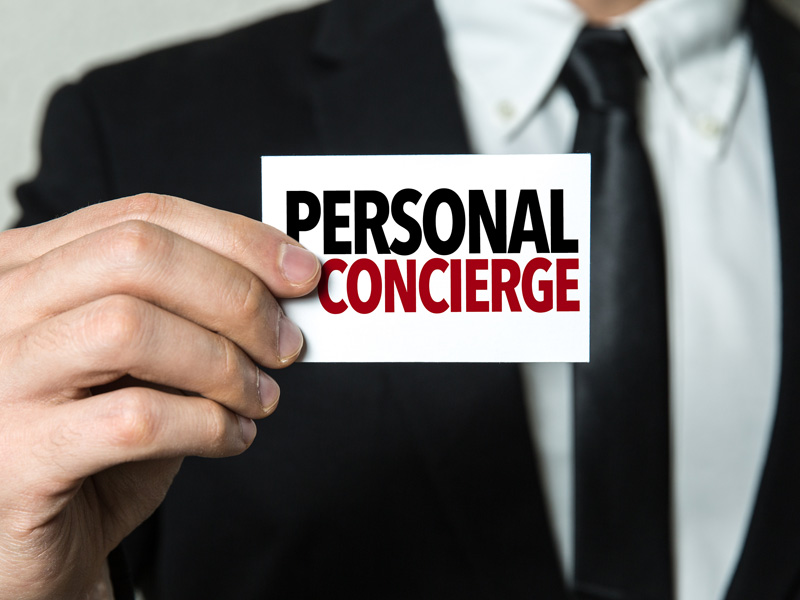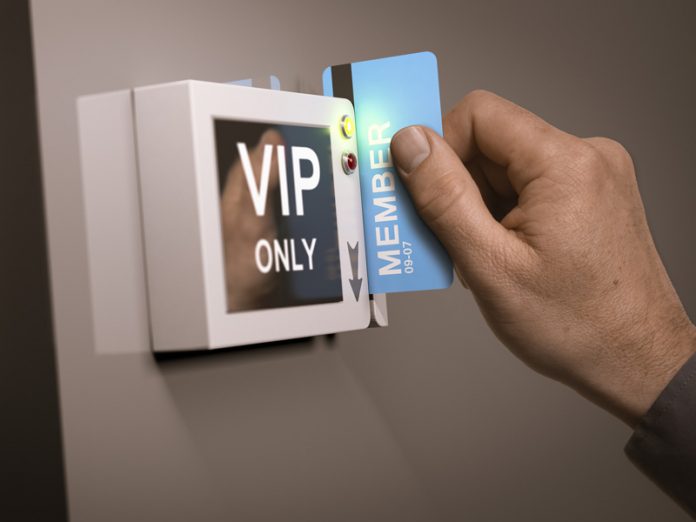Planning VIP events isn’t something we encounter every day. These events are special, and the rules that apply are special and new. In particular if the VIP individual is from another country, with entirely different customs or standards we’re not familiar with.
It’s different when your event is to be attended by high officials, ambassadors, or company top management. That is why there are protocols to be put in place.
Protocols are actually standards, customs, and rules laid down in writing that are common at certain types of events and that everyone who is directly involved in the event planning must abide by. When it comes to events that are attended by officials, the event manager is responsible for explaining why things are done a certain way to all internal and external collaborators. In other words, if your event is to be attended by a VIP individual, the protocol must be adhered to from start to finish. What speakers go first, who sits where, who enters when, who should greet who…? Managing this kind of events is not at all easy, especially if it’s not something you do every day.
In any case, it would be good to prepare for this type of event on time. Ministers, representatives of ministries, mayors, general managers, or perhaps even members
of royal families could one day be part of your event. And these special occasions require
thorough preparations. In this regard, if you adhere to and follow these protocol steps in planning these particular events, everything will be fine.
 Rule #1 –
Rule #1 –
VIP guests should be welcomed in certain ways
As an event manager, you should know that it’s not your job to welcome VIP guests. This part has to be done by another VIP individual who is on the team you are working for – depending on the kind of the event, this could be the company’s general manager or the highest official who is going to attend the event.
For example: you’re planning an important celebration to mark the launch of a factory, and one of the guests is the Minister of Economy. He should be welcomed and greeted by the General Manager of the factory.
Your job is to know the protocol and its rules, and this way help your client or the people you work to navigate the event.
Rule #2 –
If the VIP individual is from another country…
It would be good – once you learn who the VIP is – to inquire about where the individual comes from, whether there are any special customs there, if the individuals has any religious beliefs, whether there are any special diet requirements, how long will the individual stay, and what language the individual speaks and accordingly secure an interpreter, etc. The more information you have available, the less room for error. Finally, you would not want the people you work with, whom you are supposed to introduce to the protocol, to be poorly or insufficiently informed.
 Rule #3 –
Rule #3 –
Where will the VIP sit?
One of the most important things you need to know about the protocol is the seating. If your VIP is also one of the speakers or scheduled to take part in a round table discussion, you need to know where the person is supposed to be seated.
For example: if you need to sit at the table, the VIP’s place of honor is the first seat to the right of the person presiding the event – the host. The VIP guest subsequent in line by importance should be seated on the left side of the host, and so on. If the individual is only a member of the audience, your job is to clearly mark the person’s seat in the first row (usually with the full name printed on a piece of paper). Also, if it’s possible, you should avoid seating two men or two women next to each other. If the event is a meeting or a conference, the seating is determined by the program and the layout of tables. In most cases, the seating will be British seating – when the host sits at the head – or French
seating, when the host sits at the central part of the longest side of the table. Other guests are seated according to the protocol, which we explained in the paragraph above.
Rule #4 –
Start of the event and the VIP guest
Just as there are rules for the seating, there are rules for speaking, too. You need to know who should speak first, and who should follow. In most cases, the common practice is for the conference/event to be launched by the host, who then introduces the VIP guest, and then follow all the other individuals in attendance in the order of importance. The reason for this rule is the following: high officials and VIPs tend to have overbooked daily schedules and do not have much time on their hands. It often happens that – after they finish their speech – VIP guests kindly thank everyone for attending and excuse themselves.
Rule #5 –
The art of communicating with the staff of other Event Protocol departments
Activities of senior government officials and state representatives are managed by Event Protocol departments. This means that when a VIP individual is attending your event,
you should expect call from some of the protocol advisors who are tasked with going through all the details of the event with you. Be prepared and try to provide as many details and significant information when you answer. In addition, this is always a good opportunity to learn something new, because these people deal with planning these types of events only!
 Rule #6 –
Rule #6 –
Who should be standing where in photos?
If you thought that this was the photographer’s job, you were wrong – it is not! The photographer only takes pictures, and you have to find a spot for each of the guests. This can be challenging because you need to come up with a good placement in the little time
you have. Bear in mind the following: How many people need to be photographed, who is tall and who is short, what is the background in front of which people are to be photographed, is someone there with a partner, and so on. Not so simple, is it?
All this cannot be done well without good communication and respect between all team members. Teamwork in the event management business is crucial, especially when it comes to events that are not planned every day. All of us who are in this business should strive to learn to become as good a team member as possible, and this can be done only by adopting new knowledge. In this sense, if you know protocols and develop your internal and external communications abilities, can come to be quite a valuable link in the planning chain. Also, this can easily make you stand out from the competition because in the eyes of your client you become recognized for being professional and knowledgeable, which is the most important parameter in any job.






































 Srpski
Srpski English
English